From holographic sound waves to nanobelt haystacks, this gallery gives a renewed appreciation for scientific exploration.



From holographic sound waves to nanobelt haystacks, this gallery gives a renewed appreciation for scientific exploration.

A collection of opinions that explores the benefits and risks of generative AI models, such as ChatGPT.
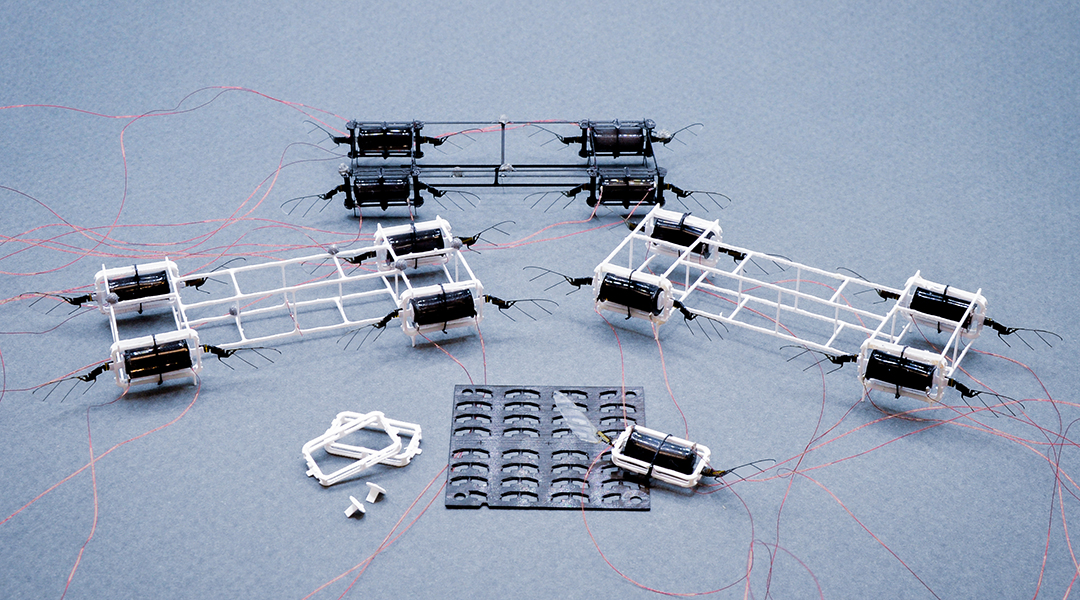
To make swarms of honeybee-sized robots, researchers propose new design and fabrication methods to cut down on time and resources.
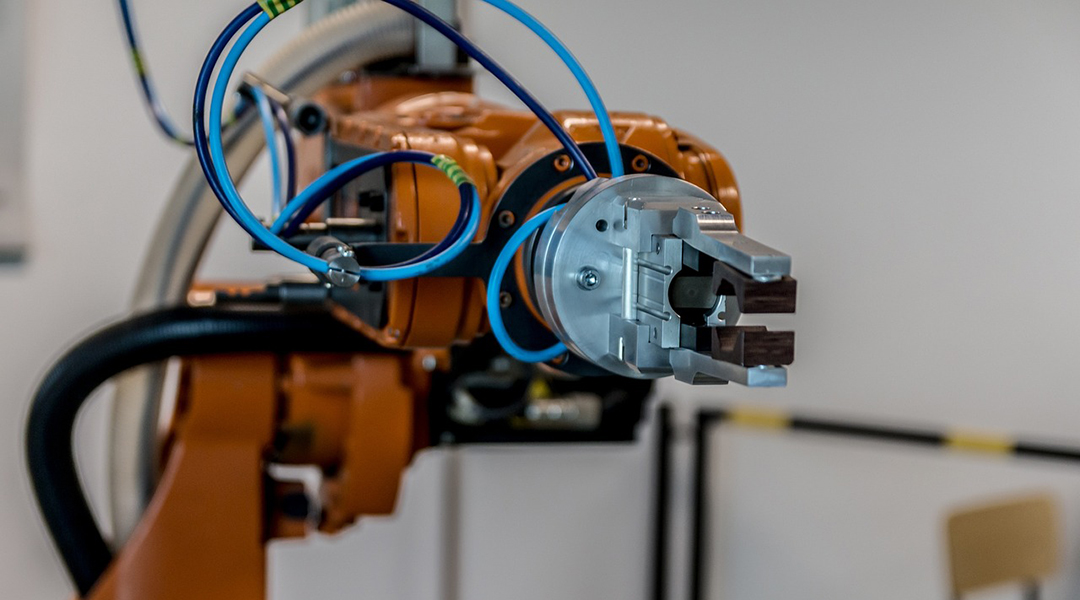
An intelligent eye tracker allows for accurate, hands-free remote control of robots without the need for joysticks or other devices.
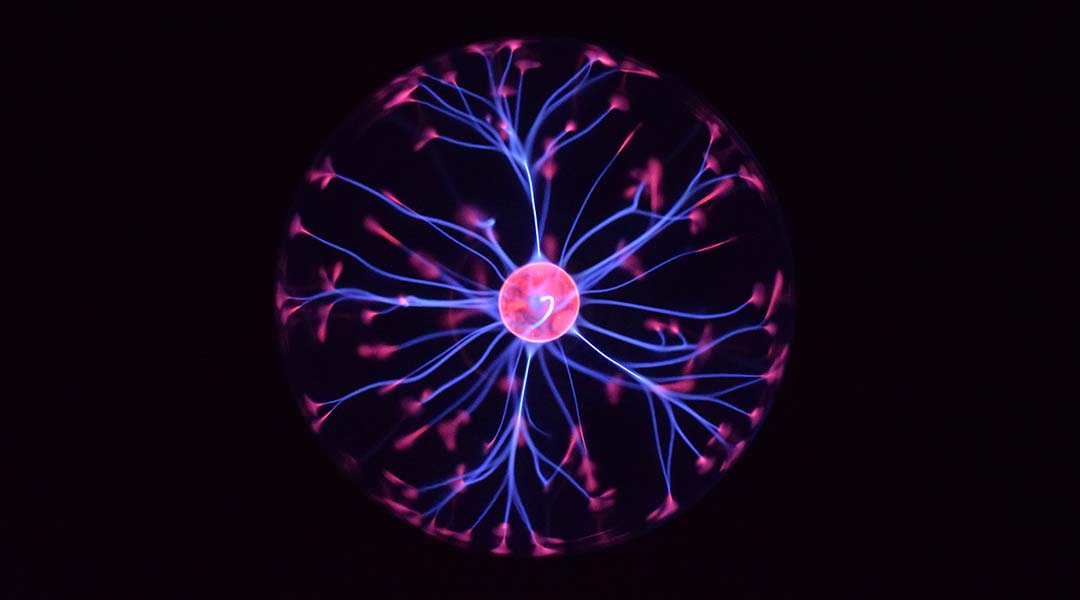
To make computers faster and more efficient, scientists are using the brain as a model in this blossoming area of computer science.
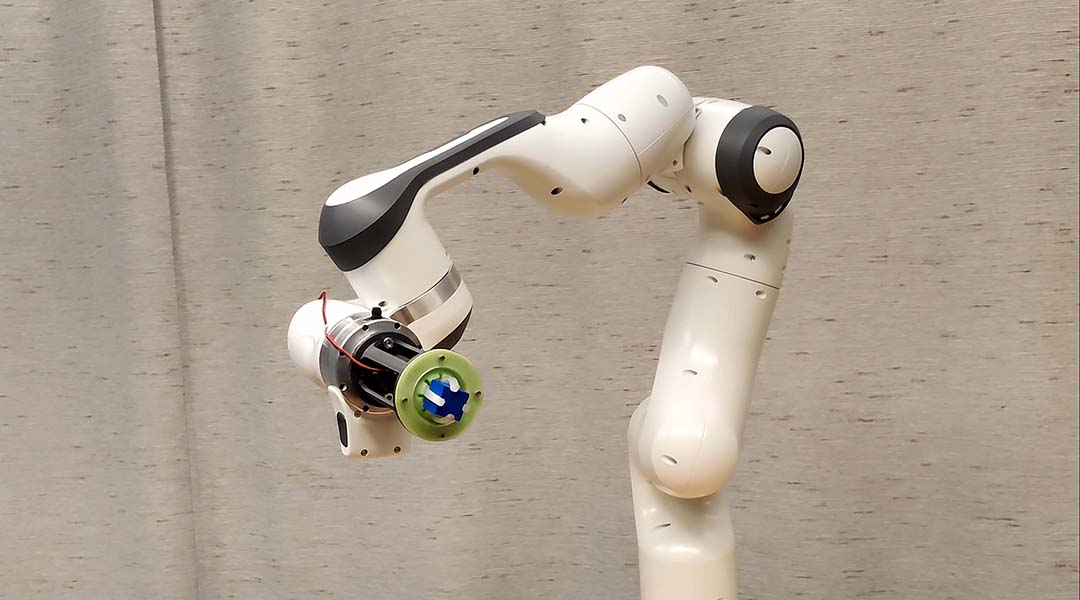
An innovative design allows for sensitive soft robots that can navigate difficult tasks and environments without bulky sensors.

Striking images and innovative science — from a hydrogel chessboard to floating steel and a thyroid-on-a-chip.
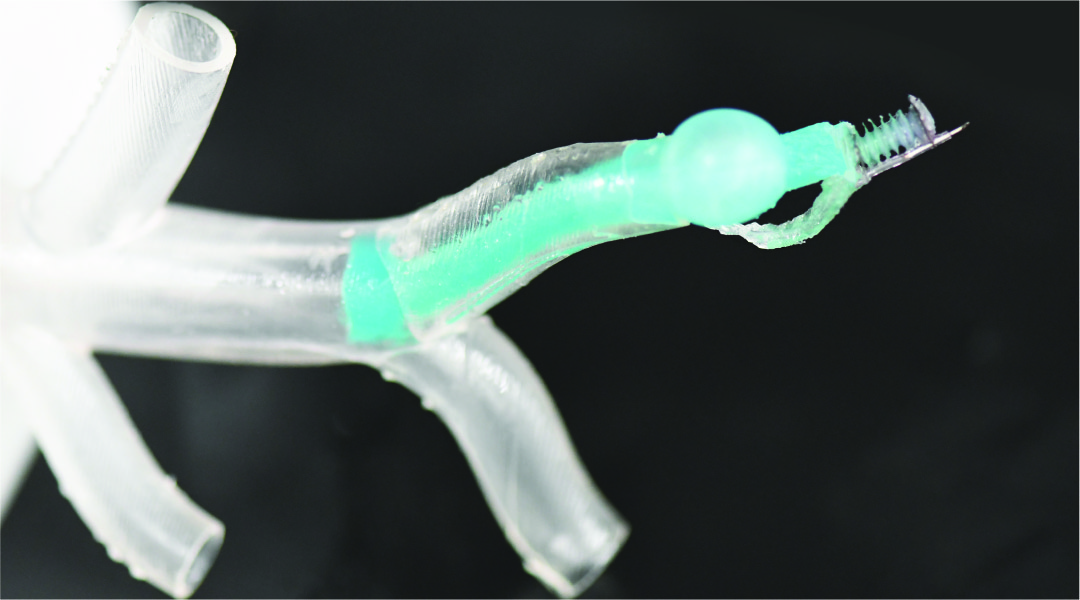
This tiny soft robot can be steered through the branches of the lungs without causing damage for safer diagnosis.
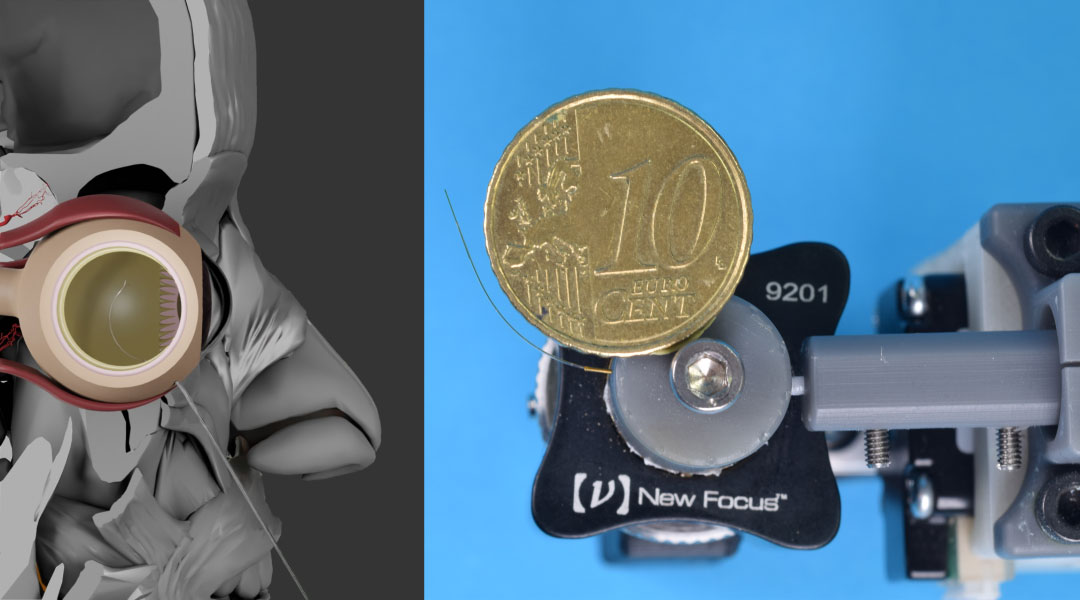
Scientists have high hopes for a tiny glass tube robot in improving the capabilities and safety of robots used in non-invasive microsurgeries.
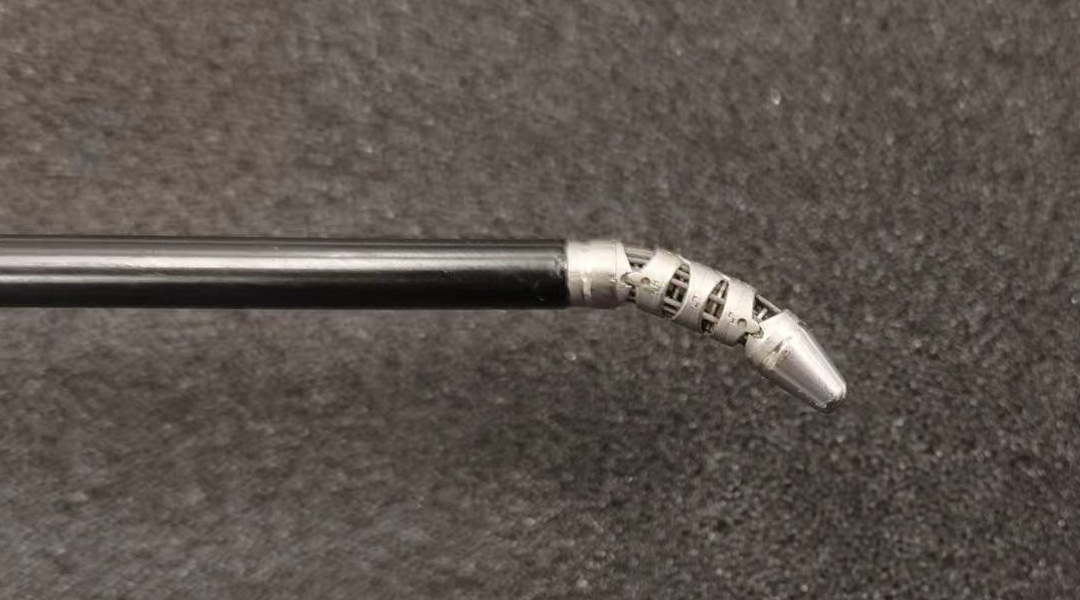
Researchers use machine learning techniques to decrease the workload of surgeons.